When selecting premium bedding for hotels, retailers, or private-label collections, the choice of weave plays a decisive role in defining both the tactile experience and long-term durability. Among the most popular options in the cotton category are sateen and percale duvet covers — two weaves that deliver distinct aesthetics, textures, and performance profiles. Understanding their differences helps procurement teams and brand owners make informed sourcing decisions aligned with customer expectations.
(more…)Category: Material
-
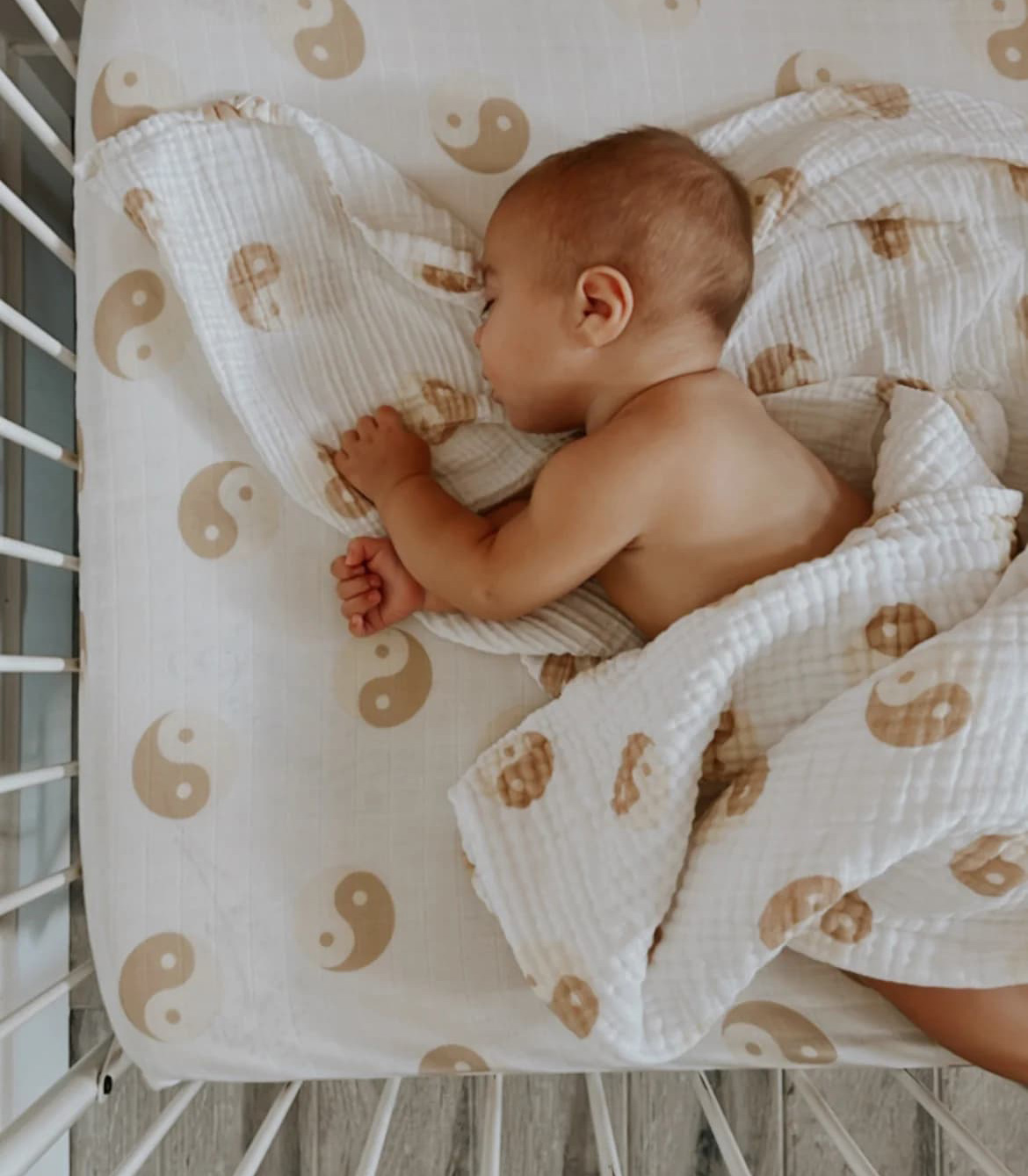
What Type of Baby Bedding Fabric Is Best for Little Ones?
Choosing the right baby bedding fabric is one of the most critical decisions for ensuring infant safety, comfort, and healthy development. Whether you’re a retailer launching a nursery collection, a maternity hospital sourcing bulk supplies, or a hospitality brand expanding into family-friendly accommodations, understanding what fabrics are most suitable for babies is essential.
This guide outlines recommended materials, performance criteria, and key considerations to help you make informed sourcing and product development decisions.
(more…) -
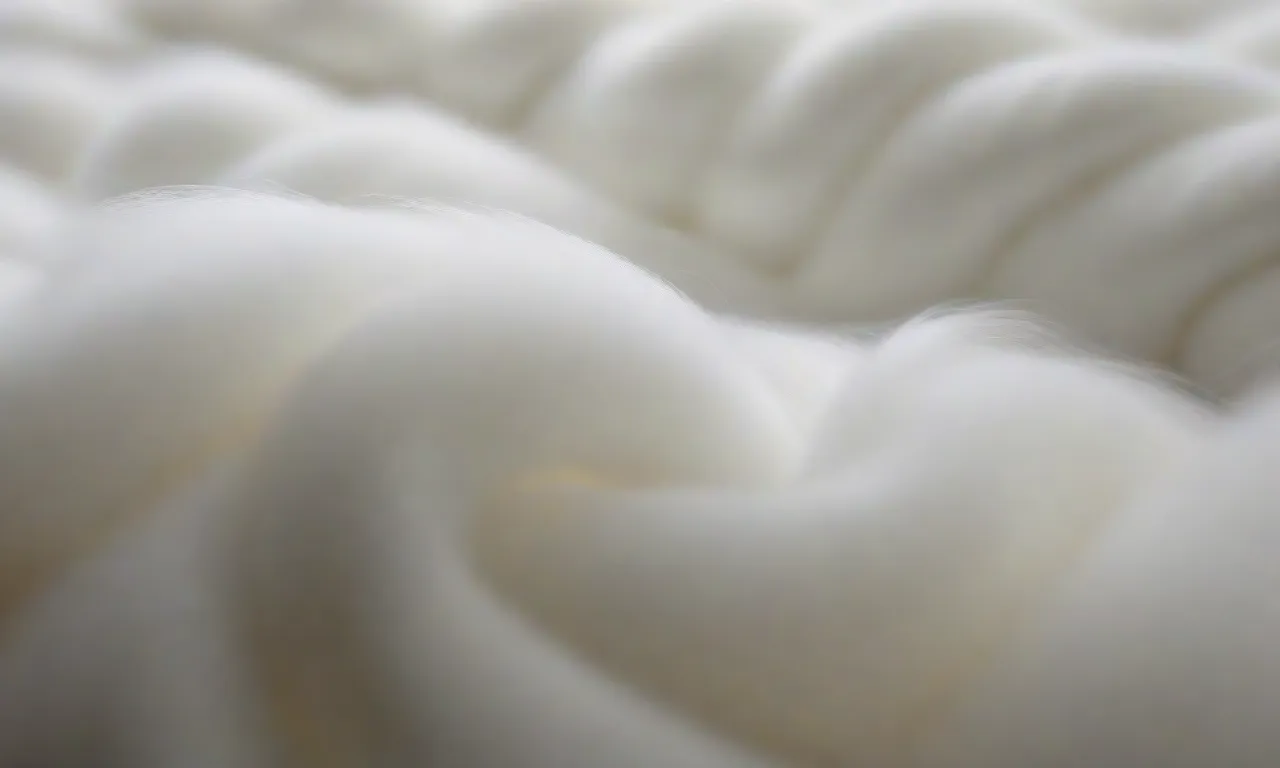
Cotton Batting: Natural Insulation for Quilts, Crafts & Home Textiles
Cotton batting is a natural fiber filling widely used in the bedding, quilting, upholstery, and craft industries. Known for its breathability, softness, and sustainability, it remains a top choice among manufacturers seeking eco-conscious, hypoallergenic, and functional padding solutions.
This article explores what cotton batting is, its types, performance features, and why it continues to be a preferred fill material in both large-scale production and artisanal markets.
(more…) -
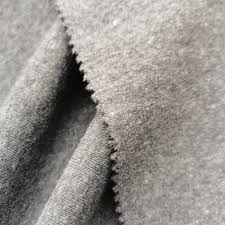
What Is Polyester Fleece Fabric? Properties, Applications & Wholesale Insights
Polyester fleece has become a staple fabric in the global textile market, particularly for cold-weather apparel, home textiles, and outdoor gear. Known for its warmth, softness, and affordability, polyester fleece is a high-performance synthetic material widely used in both mass-market and specialty products.
In this guide, we explore what polyester fleece is, how it’s made, and why it’s a valuable material for B2B textile sourcing and product development.
(more…) -
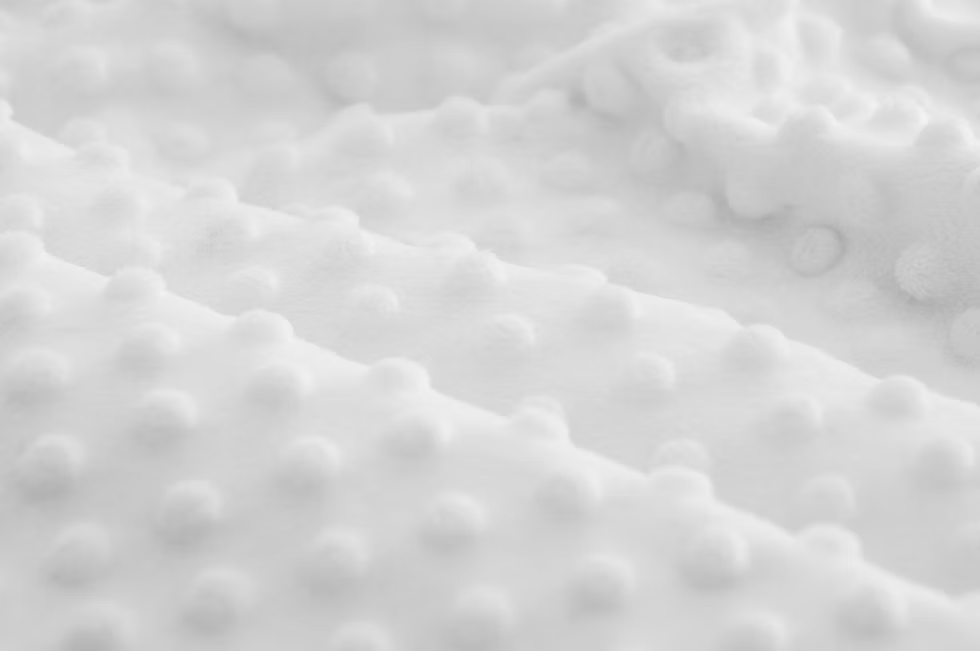
What Is Minky Dot Fabric? A Guide to Its Texture, Applications & Wholesale Potential
In the world of plush textiles, Minky Dot fabric stands out for its ultra-soft texture, signature dotted surface, and wide appeal across baby, home, and therapeutic markets. For wholesalers, manufacturers, and custom textile brands, understanding the nature and value of Minky Dot fabric is essential for positioning products in comfort-focused categories.
This article offers a comprehensive overview of what Minky Dot fabric is, its performance benefits, and why it’s in high demand across multiple industries.
(more…) -
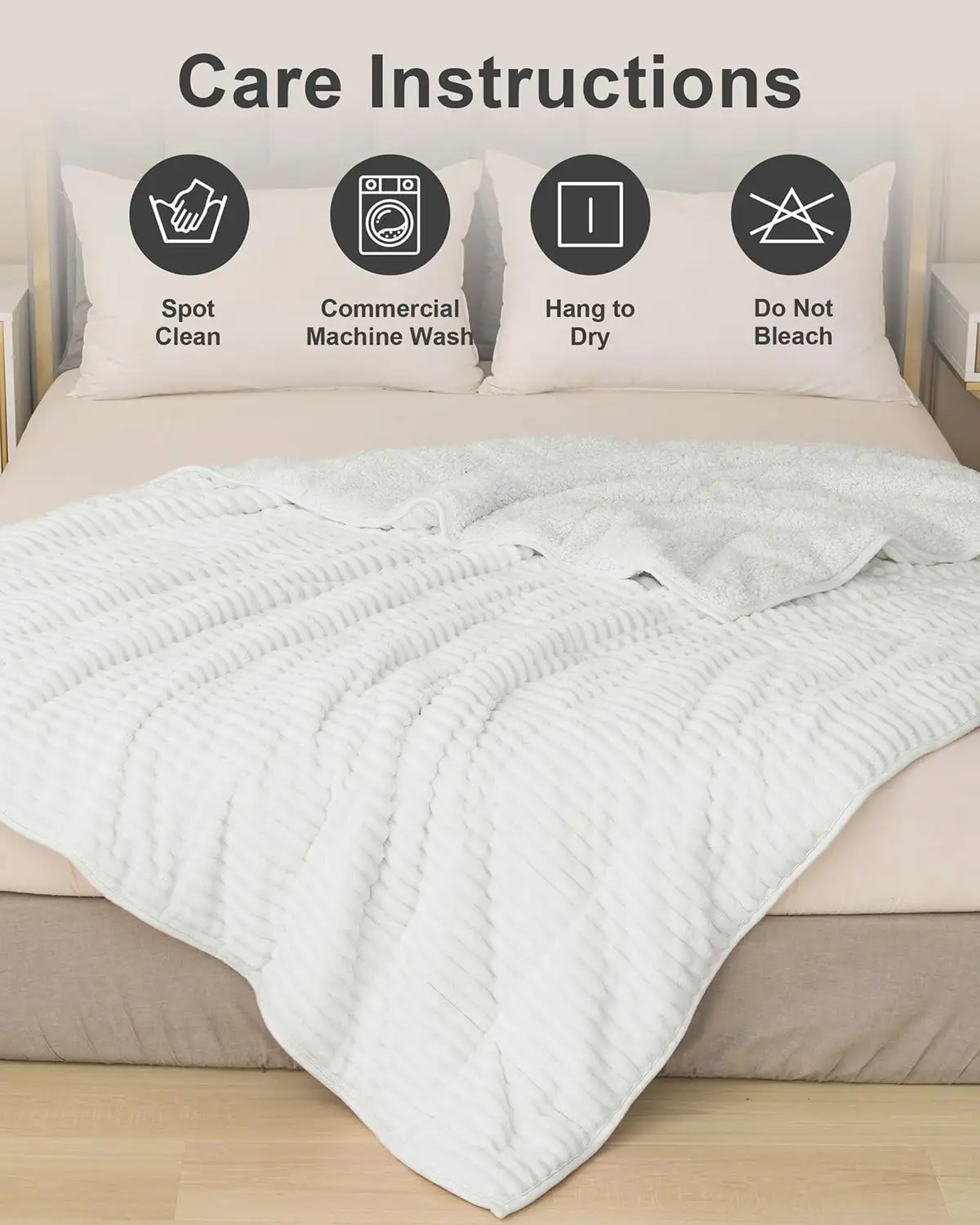
Sherpa Fleece: The Soft, Cozy Fabric That Mimics Real Wool
In the world of cozy fabrics, Sherpa fleece has carved out a reputation for offering plush warmth, wool-like texture, and easy-care convenience—all without using any animal fibers. Originally inspired by the wool-lined clothing worn by Himalayan sherpas, this material has evolved into a staple in home textiles, winterwear, and comfort-focused bedding.
Whether you’re looking for snuggly blankets, warm mattress toppers, or insulating loungewear, Sherpa fleece is the fabric of choice for cold-weather comfort.
(more…) -
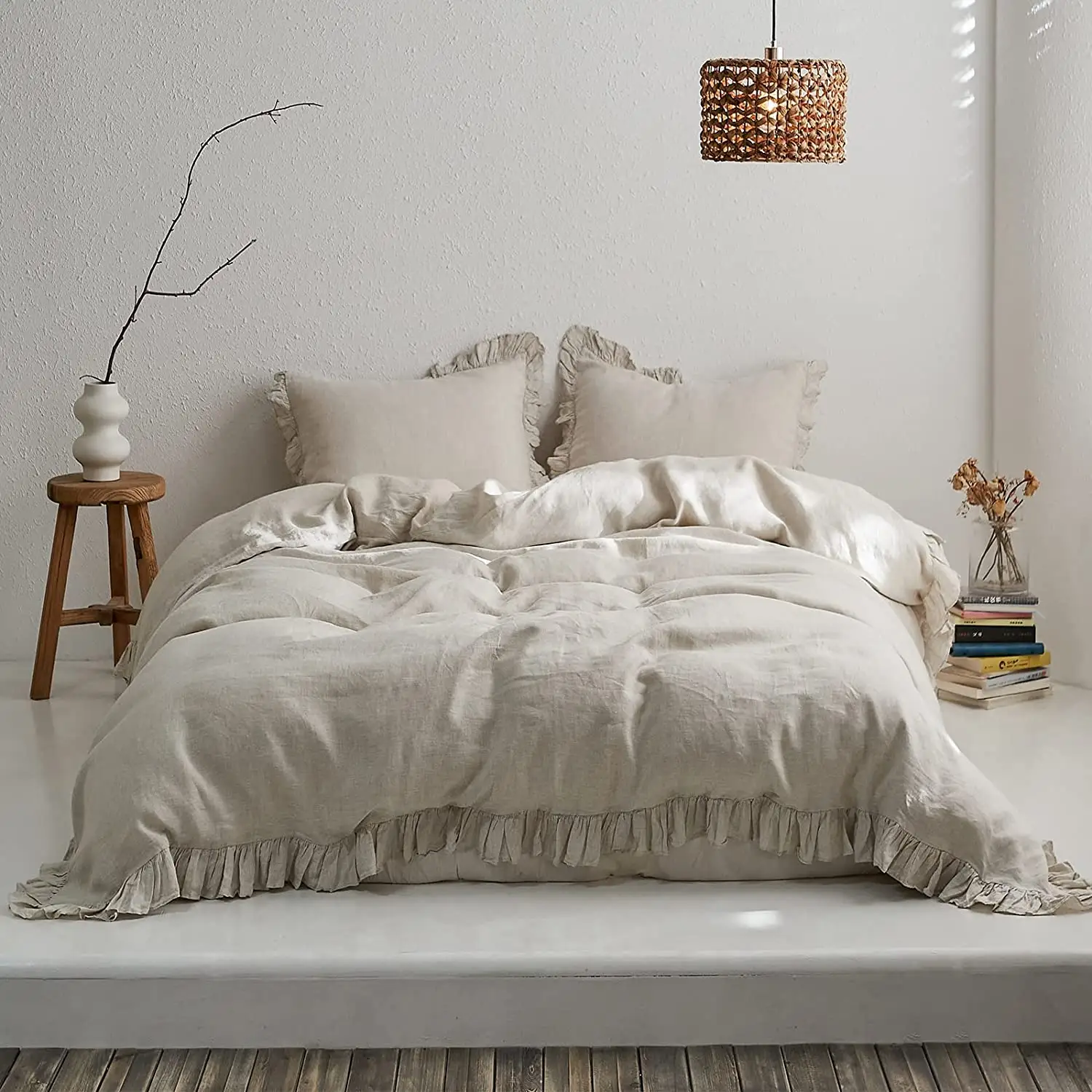
French Linen: The Gold Standard of Natural Luxury Textiles
When it comes to natural fabrics, French linen stands in a class of its own. Known for its exceptional breathability, lasting durability, and timeless aesthetic, French linen is the preferred material for high-end bedding, table linens, and apparel around the world.
In this article, we explore what makes French linen so distinctive, and why it remains the premium choice for those who value natural texture, sustainability, and heritage craftsmanship.
(more…) -
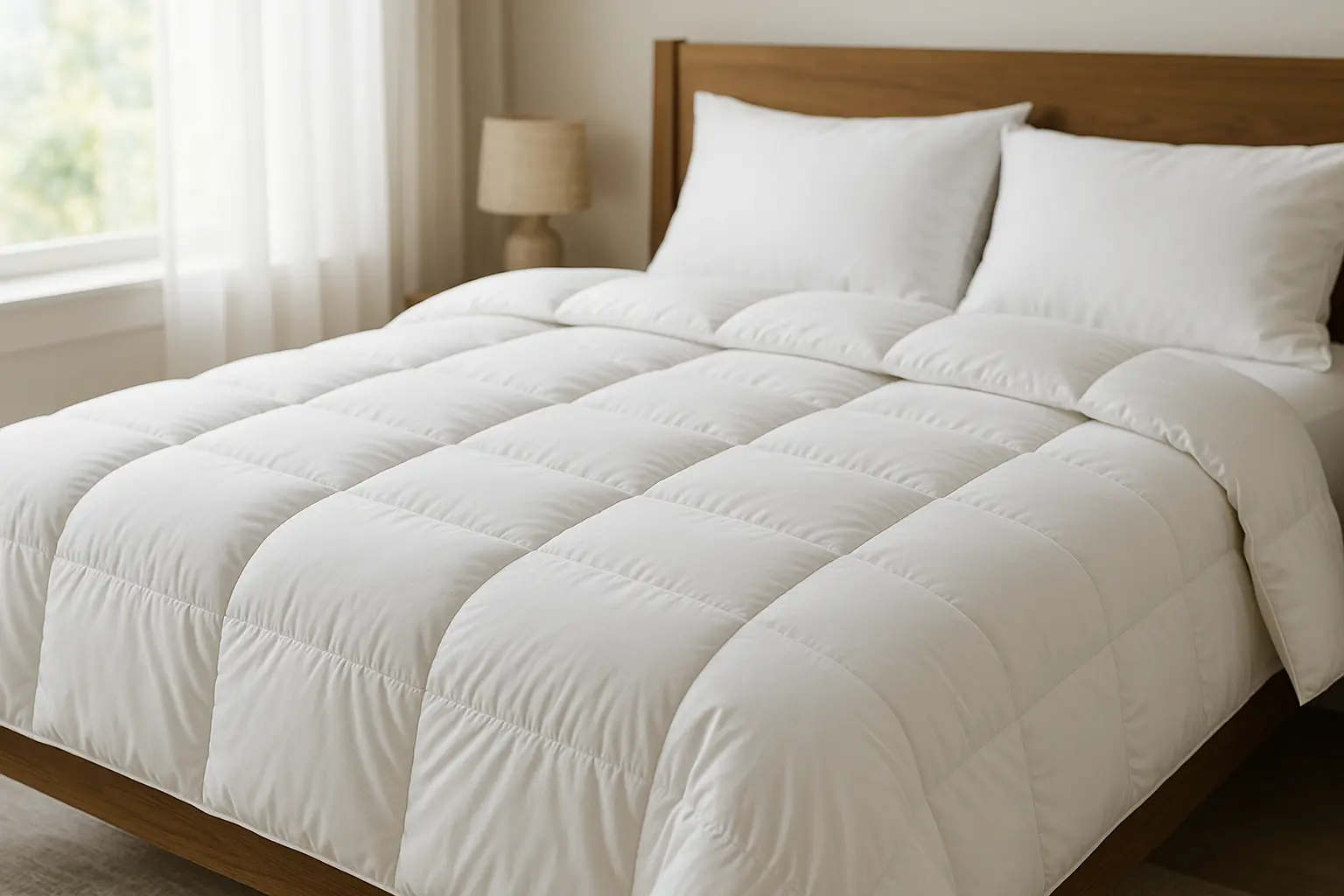
What Is Down Alternative? A Soft, Hypoallergenic Bedding Solution
In the world of bedding, comfort and performance often come at a tradeoff—especially when choosing between natural down and synthetic alternatives. For consumers who want softness without allergens, or for hospitality brands seeking a cruelty-free, easy-care option, down alternative has emerged as the go-to solution.
But what exactly is down alternative, and why is it gaining popularity?
(more…) -
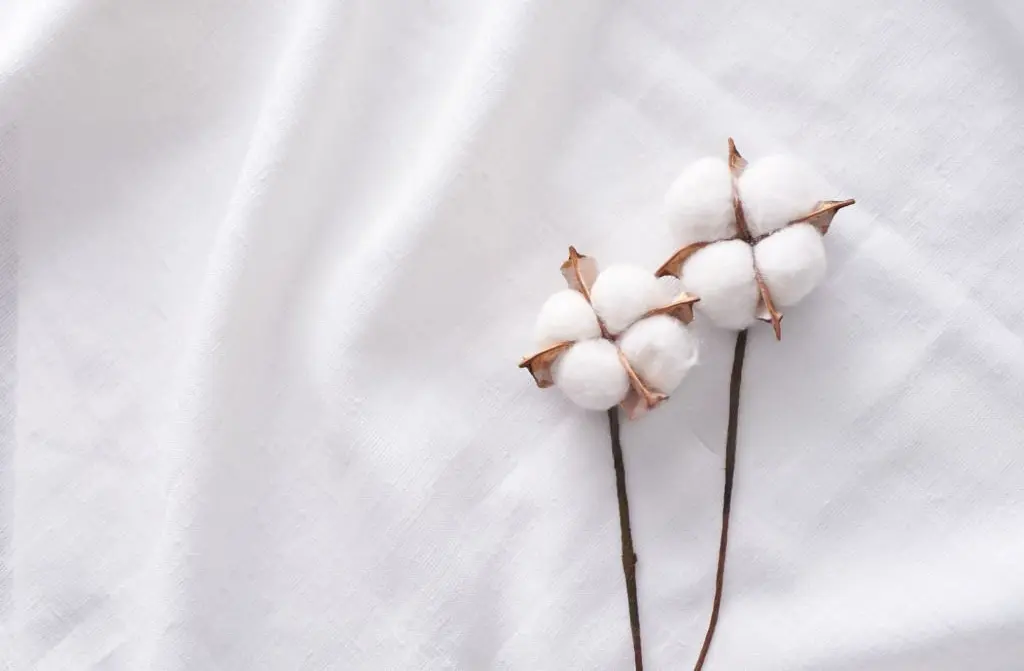
Why Are Some 100% Cotton Bed Sheets Softer Than Others?
If you’ve ever bought two sets of 100% cotton bed sheets and noticed that one feels luxuriously soft while the other feels stiff or coarse, you’re not alone. While both claim to be “100% cotton,” softness can vary significantly depending on several key factors. In this article, we’ll break down the reasons behind the differences in softness and what you should look for when shopping for cotton sheets.
1. Type of Cotton Fiber Used
Not all cotton is created equal. The length and quality of the cotton fiber (called “staple”) greatly affect softness.
- Short-Staple Cotton: Typically used in lower-end sheets. Short fibers make the fabric less smooth and more prone to pilling.
- Long-Staple Cotton: Offers better softness, durability, and strength. Examples include:
- Egyptian cotton
- Pima cotton (including Supima®)
- Indian long-staple cotton
Sheets made from long-staple cotton are noticeably smoother and softer to the touch.
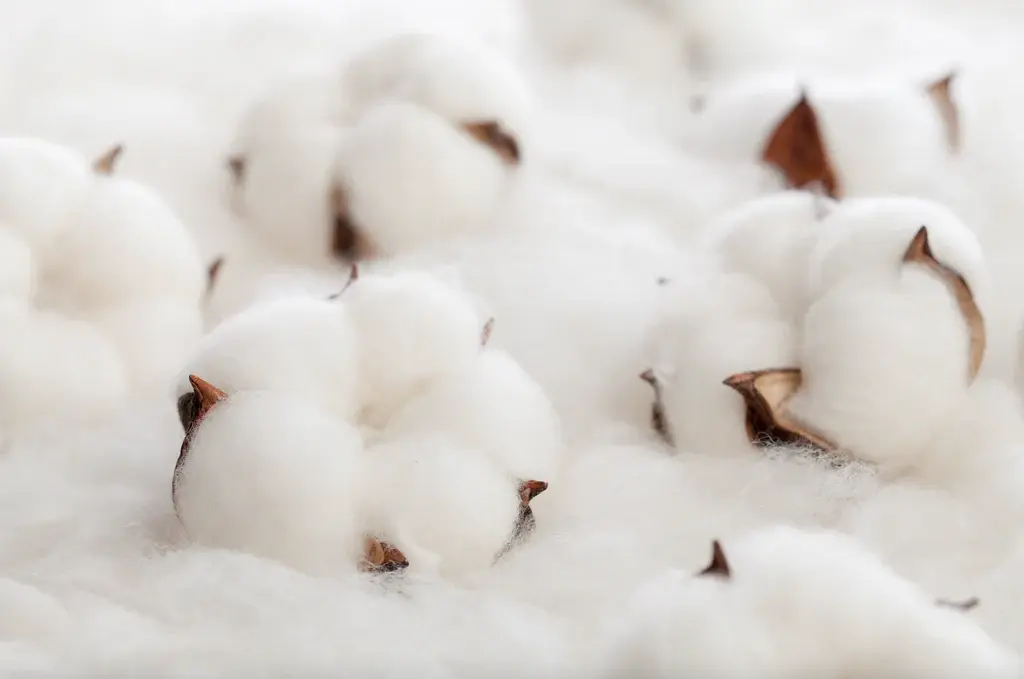
2. Weave Type
The weaving pattern plays a huge role in the feel of cotton sheets.
- Percale Weave: A plain weave with a matte finish and a cool, crisp feel.
- Sateen Weave: A satin-like weave with a silky smooth finish and more sheen. Sateen sheets usually feel softer out of the box.
If you prefer buttery-soft sheets, go for sateen. For hotel-like crispness, choose percale.
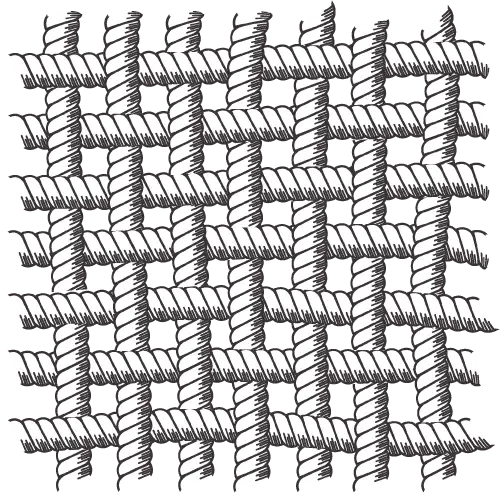
3. Thread Count
Thread count refers to the number of threads woven per square inch. But higher isn’t always better.
- 200–400 TC: Ideal range for breathability and softness.
- Above 400 TC: Can be softer but sometimes achieved by using multi-ply threads, which may feel heavier or trap heat.
Quality matters more than just thread count. A 300 TC long-staple cotton sheet can be much softer than a 600 TC short-staple one.
4. Yarn and Finishing Process
Even with the same cotton and weave, finishing techniques affect softness:
- Combed Cotton: Short fibers are removed, leaving smoother, softer yarn.
- Mercerization: A chemical process that adds luster and improves dye retention and softness.
- Enzyme-Washed / Stone-Washed Cotton: Pre-washing processes used to break in the fabric for extra softness.
Sheets labeled “pre-washed,” “enzyme-washed,” or “combed cotton” are typically softer right out of the package.
5. Fabric Weight (GSM)
Grams per square meter (GSM) is more common in towels, but it can also be used in bedding to describe thickness and density.
- Lightweight (100–140 GSM): Airy, crisp feel.
- Medium (140–170 GSM): Balanced feel, soft and breathable.
- Heavy (170+ GSM): Thicker, warmer, and often softer if high-quality yarn is used.
A higher GSM doesn’t always mean better, but a medium GSM with high-quality yarn usually feels great.
Conclusion: What Makes Cotton Sheets Truly Soft?
To summarize, here are the main reasons why some 100% cotton sheets feel softer than others:
Factor Better for Softness? Fiber Type Long-staple cotton (e.g., Egyptian, Pima) Weave Sateen (silky), Percale (crisp but softens over time) Thread Count Ideal between 200–400 with single-ply yarn Finishing Combed, enzyme-washed, or mercerized GSM Medium (140–170 GSM) for softness + breathability So next time you shop for cotton bed sheets, don’t be swayed by the “100% cotton” label alone. Look deeper into the fabric specs and finishing processes to choose sheets that truly offer the softness you crave.
-
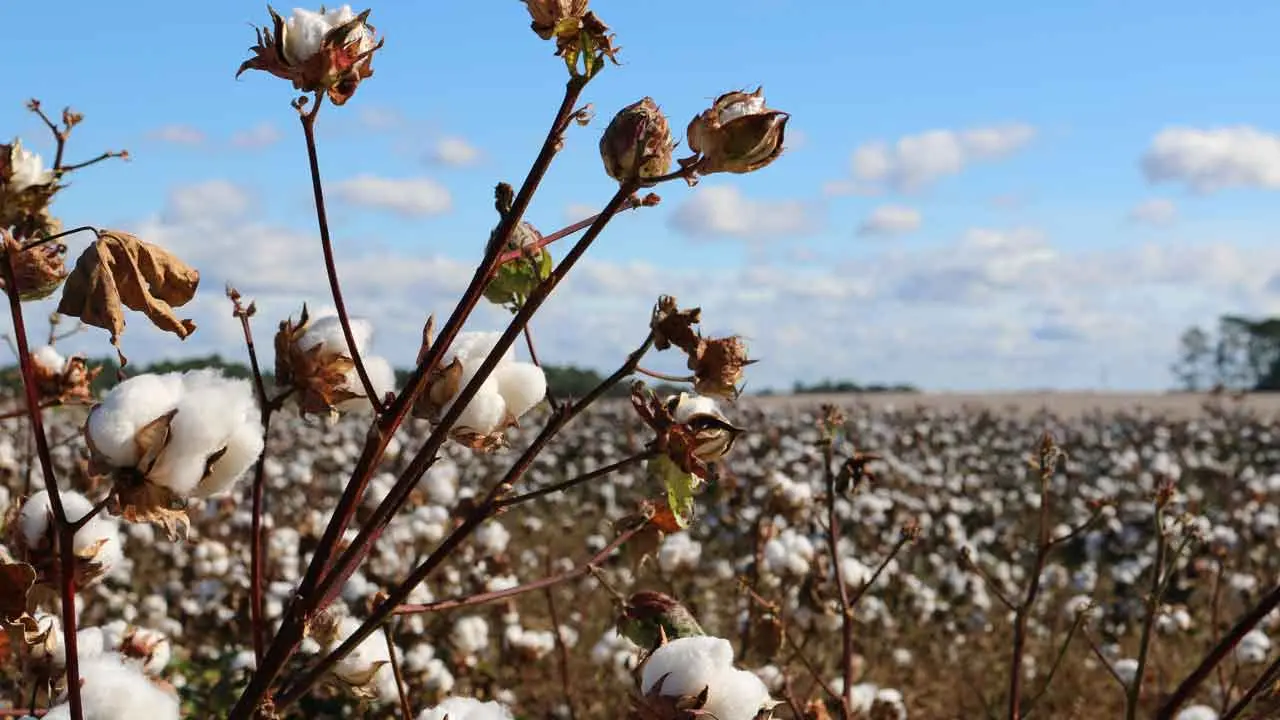
what is Egyptian cotton?
Egyptian cotton refers to a specific type of cotton grown in Egypt’s Nile River Valley, known for producing extra-long staple (ELS) fibers. These fibers are longer, finer, and stronger than regular cotton fibers, making Egyptian cotton highly prized in luxury bedding and textiles.
Key Features of Egyptian Cotton:
1. Extra-Long Staple Fibers
- Staple length is the length of the individual cotton fibers.
- Egyptian cotton fibers are typically over 1.5 inches (38mm) long.
- Longer fibers mean fewer joins in the yarn, resulting in smoother, stronger, and softer fabrics.
2. Superior Softness
- The smooth yarns create a silky, luxurious feel.
- Sheets made from 100% Egyptian cotton become even softer with each wash.
3. Durability
- Egyptian cotton is more resistant to pilling and tearing.
- Properly made Egyptian cotton sheets can last for many years.
4. Breathability and Absorbency
- The fabric is naturally breathable, helping regulate body temperature.
- It also absorbs moisture well, adding to comfort during sleep.
5. Grown in Ideal Conditions
- Egypt’s climate and rich soil allow cotton plants to thrive and produce high-quality fibers.
- Most Egyptian cotton is handpicked, which preserves fiber length and purity.

Egyptian Cotton vs Regular Cotton
Feature Egyptian Cotton Regular Cotton Fiber Length Extra-long staple Short or medium staple Texture Silky smooth Coarser feel Durability High Moderate Cost Premium More affordable Country of Origin Egypt Various (e.g. India, China, USA) A Note of Caution
Not all sheets labeled “Egyptian cotton” are 100% genuine. Some manufacturers blend Egyptian cotton with other cotton types but still use the name for marketing. To ensure quality:
- Look for labels like “100% Certified Egyptian Cotton.”
- Check for certification from the Cotton Egypt Association (CEA).
Egyptian Cotton vs Pima vs Supima
Feature Egyptian Cotton Pima Cotton Supima Cotton Fiber Length Extra-long staple Long staple Extra-long staple Country of Origin Egypt U.S., Peru, Australia USA only Softness Luxurious, silky Very soft and smooth Ultra-soft and smooth Durability Excellent Very good Excellent Breathability Excellent Good Excellent Label Authenticity Not always guaranteed Often vague Strictly controlled Price Range High Medium Medium to High

